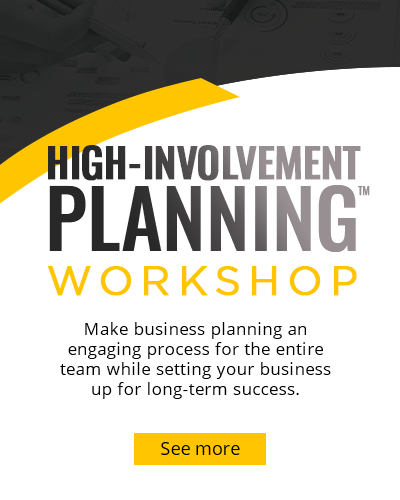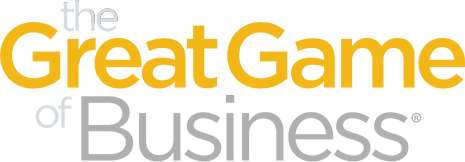
Huddles are daily or weekly meetings that drive employee engagement and serve as a self-correcting measure to keep your company on the path toward achieving its goals. Huddles are the linchpin of any successful open-book implementation, but if you find engagement and understanding are low in your organization, you’ve learned an important lesson: Huddles can’t do it alone. In order to foster cultural adoption and high involvement in the planning and execution of your organization’s goals, you’ve got to make the process accessible to your team. Here are three keys for reaching your team and driving their participation:
1. Address the Educational Reality
We work in the restaurant industry, with many of our staff having unique cultural backgrounds and speaking different languages. Many of the folks who work in restaurants do so in part because they disliked school, and many of our team members from Latin and South America didn’t even make it past grade school. We have found that keeping this in mind in our training is vital.
Do you have an exercise that requires reading and writing? Are you sure everyone in the room is able to read and write? Thinking about it is the first step, and from there you can balance out your training approaches to include a variety of activities including: on the job application, coaching, and kinesthetic learning. If you want to reach a range of education levels, you must not take a one-size-fits-all approach.
2. ... and the Language Reality as Well
It is certainly more complex and expensive to translate materials or convene trainings in multiple languages, but we have found time and again that anything less will deliver a mediocre result. Open-book concepts are simple, but training them is not.
In restaurants, we regularly work with folks who speak English as a second language or not at all. Conducting Huddles in their native language and making sure training materials are translated is not only appreciated, it is seen as a sign of caring and respect. Your efforts and investment will build trust and lead to a more engaged and happier team.
3. Have the Team Establish Their Own Metrics
Huddle scoreboards typically contain a lot of information. It’s all important and relevant to the annual plan and your company’s performance, but for someone who is intimidated by numbers (and there are LOTS of those folks in the world), a complex scoreboard can overwhelm and lead to disengagement.
We are always looking to identify key metrics in open-book management, from Critical Numbers™ to MiniGame™ targets. One technique to drive employee engagement is to identify numbers at the front-line of the business, what we call “Metrics That Matter”. These metrics are most effective when identified and tracked by the team on their own. By creating metrics that are real for them, you demystify numbers and create a sense of ease for the most vulnerable members of your team. Over time, you'll see engagement rise as intimidation wanes.
These are just three approaches to meeting your employees where they are and making your open-book program accessible to everyone. These are long-term investments that take time and patience, but the payoff of a highly invested team who are truly engaged in your open-book program is well worth it.
To learn more about how to keep associates of all educational levels and languages fully engaged, join us for our next workshop focusing on Implementation + Strategic Planning.
Other Articles You Might Like:
- 4 Best Practices for Employee Engagement
-
One Sentence Employee Engagement: 20 Words To Gain Emotional Commitment
- One Sentence Employee Engagement
.png)












.png)

